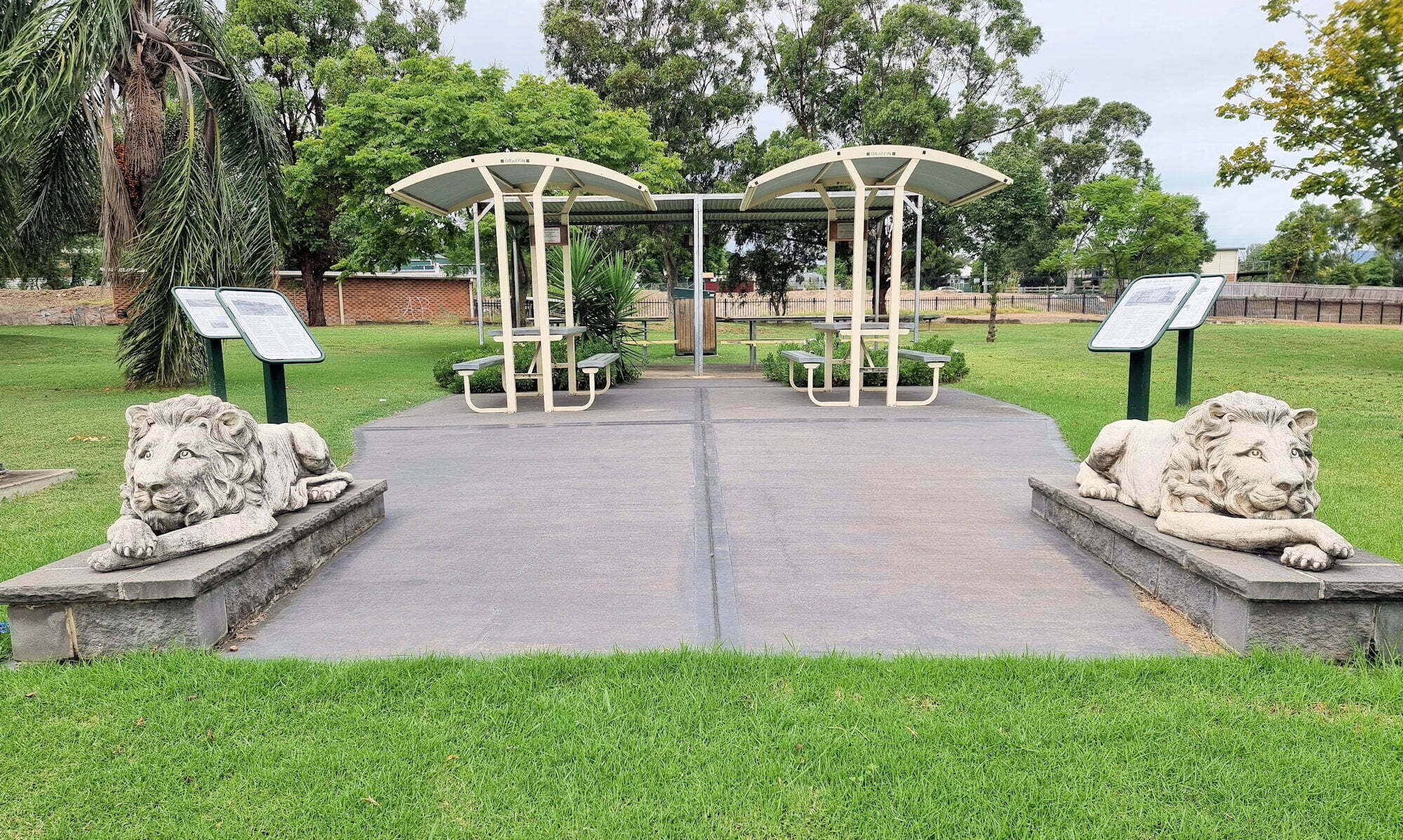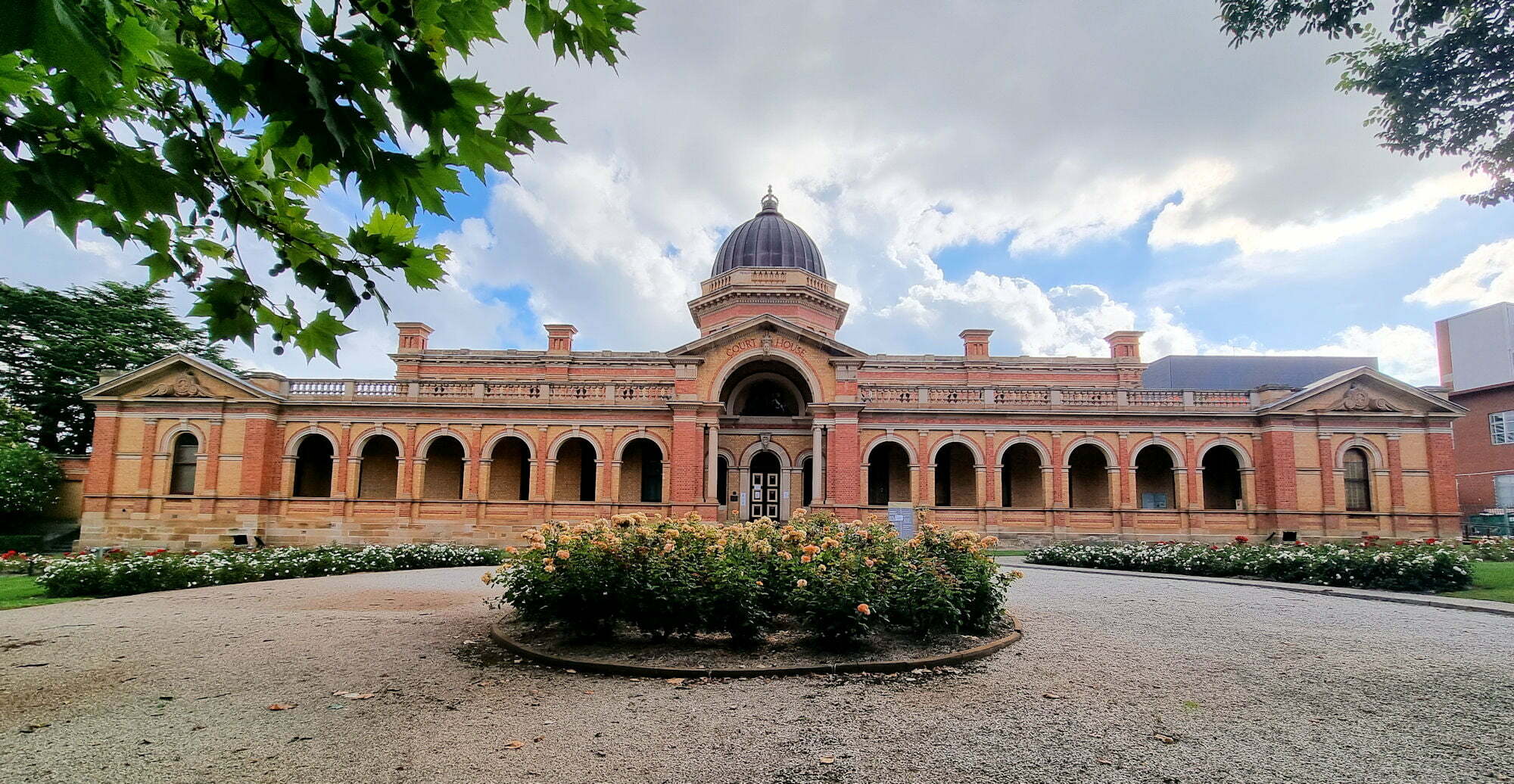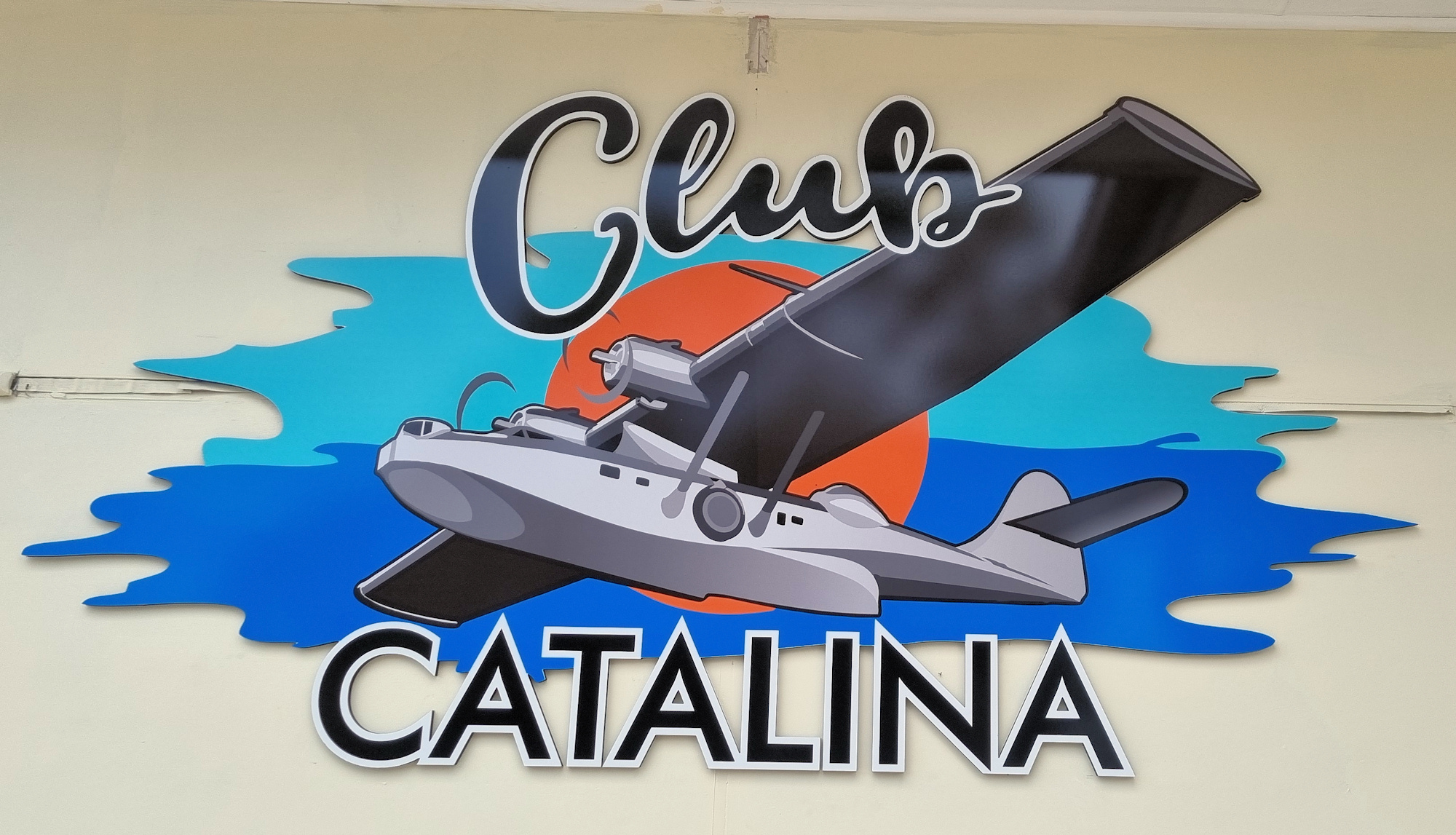Tag: war memorial
-
Aberdeen New South Wales Australia

Aberdeen New South Wales Australia Famous for its annual Highland Games festival, Aberdeen, New South Wales Australia (not to be confused with the one in Scotland) is surrounded by some of the richest horse studs in Australia. Apart from the Highland Games, we hadn’t stopped here before, because we are usually driving through on our… Read more
-
Goulburn New South Wales Australia

Goulburn New South Wales Australia Established in 1833, Goulburn New South Wales is 195 km south-west of Sydney and 90 km north-east of Canberra. It was declared Australia’s first inland city in 1863. To get to Goulburn, you can travel by train on NSW CountryLink services or by coach. It is approximately two hour’s drive… Read more
